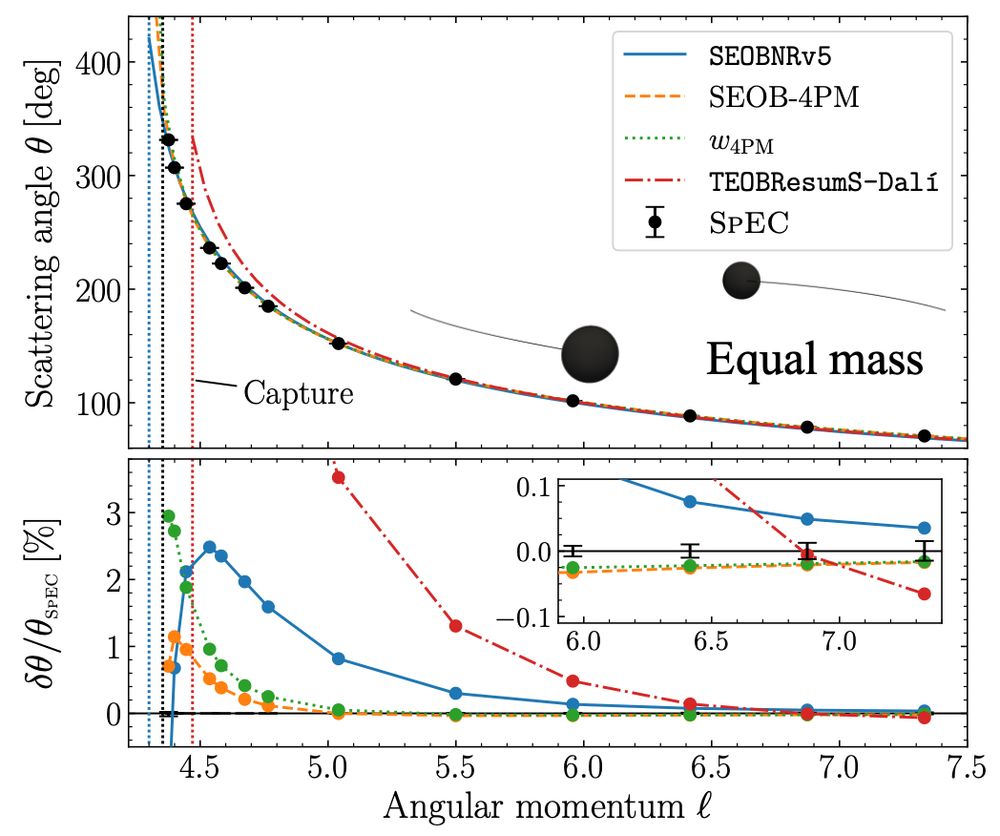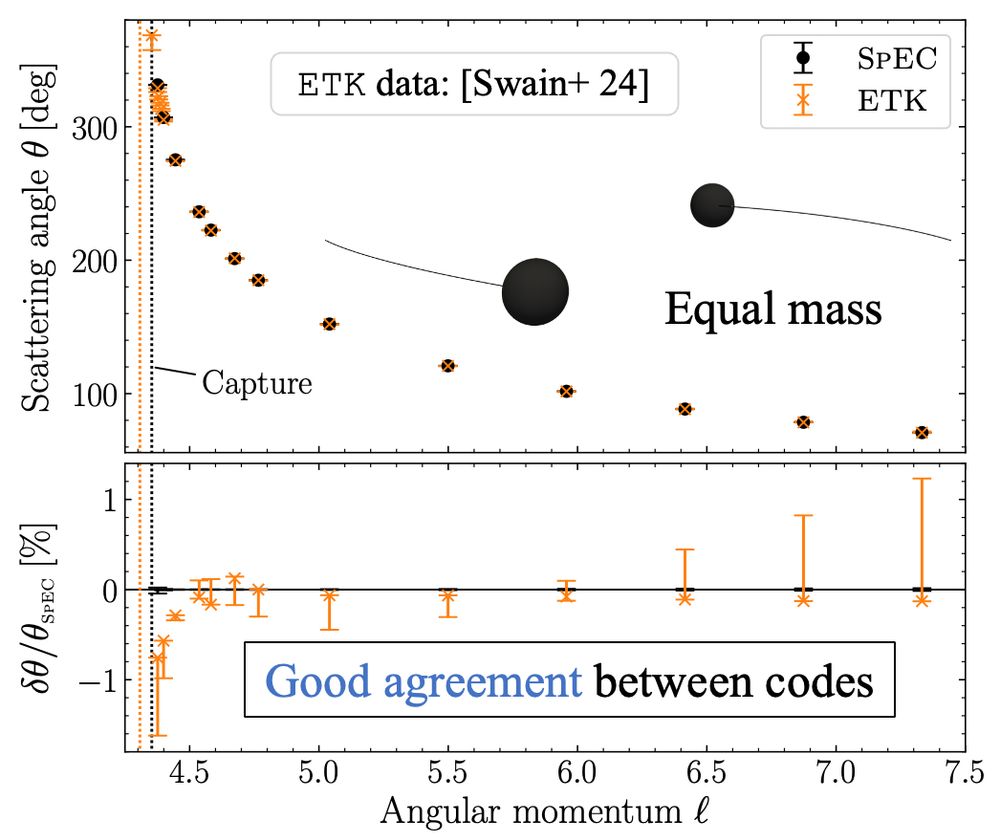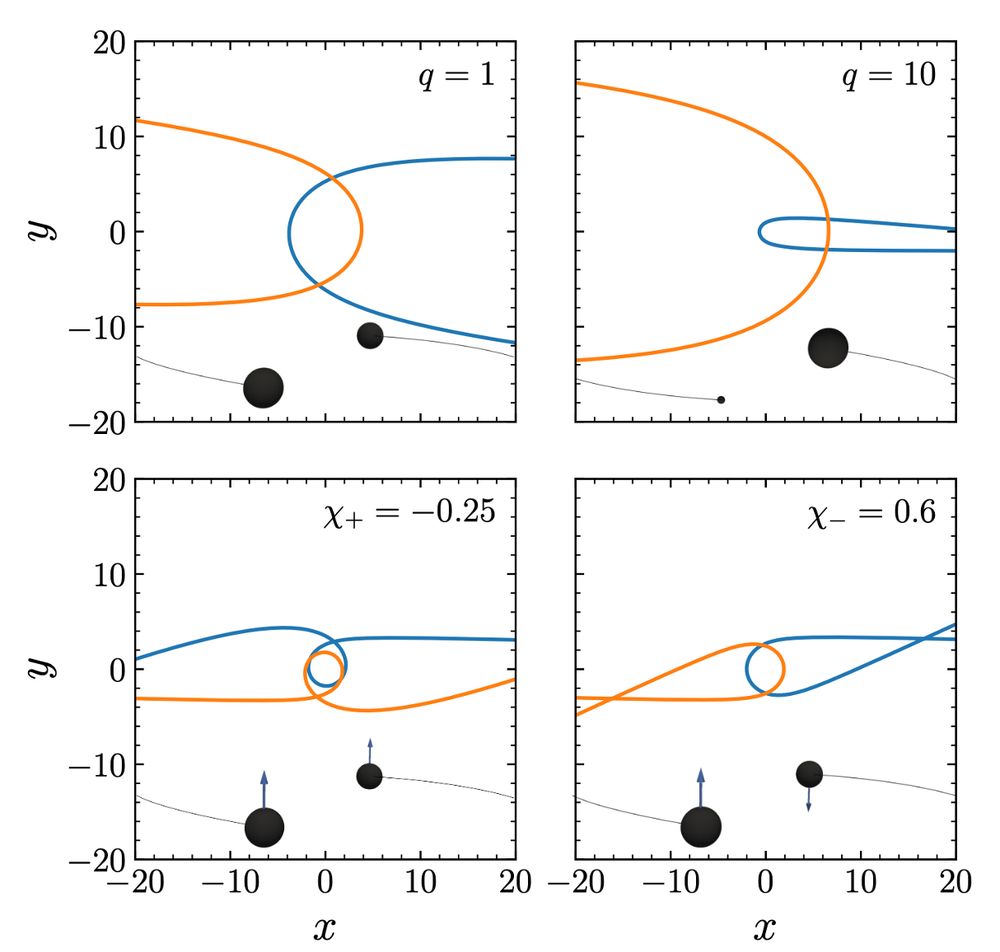
https://www.oliverlong.info/









No special analytic solutions I’m afraid. You can get approximate analytic solutions (e.g. when they’re slowly moving and far away) but nothing generic.
No special analytic solutions I’m afraid. You can get approximate analytic solutions (e.g. when they’re slowly moving and far away) but nothing generic.
Essentially, in Newtonian gravity when we have two bodies we know how to solve it exactly. In General Relativity, this isn’t the case as it’s too complex. One way we can find solutions is to solve the equations by putting them on a supercomputer for a month or two. That’s what I do!
Essentially, in Newtonian gravity when we have two bodies we know how to solve it exactly. In General Relativity, this isn’t the case as it’s too complex. One way we can find solutions is to solve the equations by putting them on a supercomputer for a month or two. That’s what I do!

